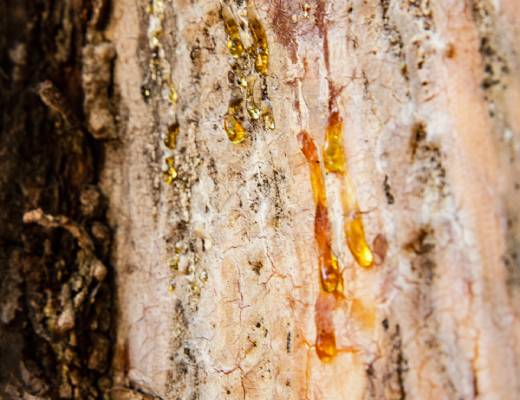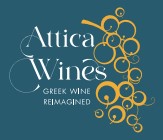PGI Retsina of Attiki (ΠΓΕ Ρετσίνα Αττικής)
The wines of PGI Retsina of Attiki (ΠΓΕ Ρετσίνα Αττικής) are inextricably linked to the wine tradition of Greece. The modern Retsinas, having left behind the poor quality of the past, are making waves with their superior quality and uniqueness of character. The best wines score high in international competitions and receive great reviews from international winecritics. Savatiano has been closely asociated with Retsina for many years and the most representative wines of this traditional style are made from this excellent grape variety. Producers are also experimenting with different grape varieties, such as Assyrtiko, however these wines are not allowed to bear the PGI designation on the label. The latter is only reserved for Savatiano and Roditis grapes.

The Terroir
Wines bearing the PGI Retsina of Attiki (ΠΓΕ Ρετσίνα Αττικής) designation can be produced from all the ampelographic zones throughout the entire prefecture. The climate is classified as hot Mediterranean and is particularly dry, especially during the summer season. Excluding a small part of Attiki on the westnorthwest border with the neighboring Boeotia, the rest of the Attiki peninsula is surrounded by the sea. The cool sea-breezes, blowing inland from the South Euboean, the Saronic and the Corinthian gulfs mitigate the heat, thus creating a number of different microclimates, ideal for viticulture.
Most of the vineyards for the production of PGI Retsina of Attiki (ΠΓΕ Ρετσίνα Αττικής) are located in the coastal zone of Mesogaia. This area is located in the eastern part of Attiki and overall displays the hottest and driest climate in the prefecture. The majority of the vineyards are trained in the gobelet style in order to cope with the extremes of the climate. The old vines are a significant feature of this region and result in wines with greater concentration.
The production method
Retsina is made by adding a special type of resin (of the Pinus Halepensis tree) before or during the fermentation of the must. The total quantity cannot exceed 1kg per 100 liters of must. The resin will then be removed, infusing its aromas and taste in the resulting wines.
The Varieties
Savatiano dominates the production of PGI Retsina of Attiki (ΠΓΕ Ρετσίνα Αττικής) even though, according to the legislation, the pink-skinned Roditis may be also used. The wines display lovely fruity and herbal qualities (from the added resin) and are characterized by their versatile and food-friendly character. These are food-friendly wines that pair extremely well with local Greek cuisine, as well as numerous ethnic dishes. The production of rosé Retsina is much more limited.
At a glance
Region
Attiki is located in the southeasternmost part of Central Greece. Within its boundaries lies Athens, the capital of Greece. The viticultural zone includes vineyards spread throughout the whole region.
Climate
Hot Mediterranean. It’s one of the driest and hottest regions in Greece. The majority of the peninsula is surrounded by the sea and the incoming winds mitigate the heat of summer.
Topography
The zone includes mountainous and semimountainous vineyards as well as vineyards on the valley floor.
Most important grape
Savatiano
Main Wine Styles
dry white Retsina, dry rose Retsina
Most important style
dry white Retsina
| PGI RETSINA OF ATTIKI (ΠΓΕ ΡΕΤΣΙΝΑ ΑΤΤΙΚΗΣ) |
Permitted grapes | Important grapes | Permitted Styles | Important Styles |
|---|---|---|---|---|
| WHITE WINES |
Savatiano, Roditis |
Savatiano | Dry white | Dry white |
| ROSE WINE |
Savatiano, Roditis |
Roditis | Dry rose |
